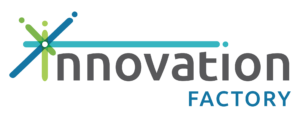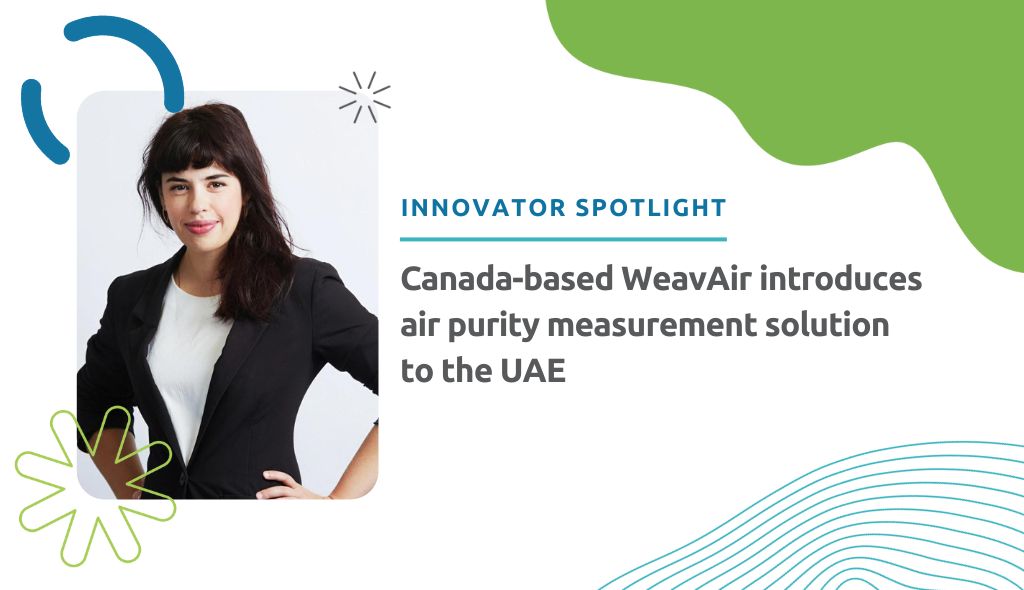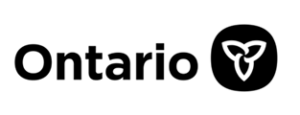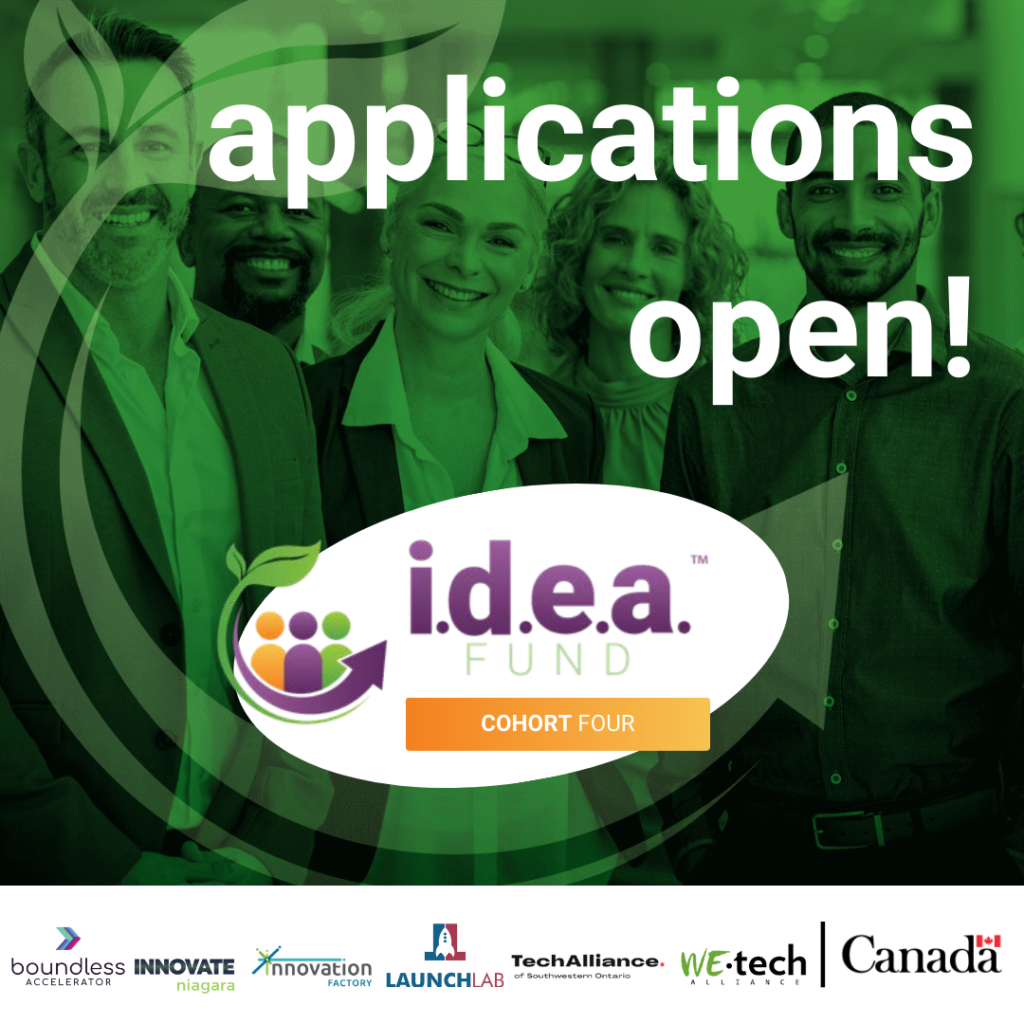When evaluating the quality of one’s health and lifestyle, it is important to consider the quality of the air we breathe as well. But measuring the level of any given environment’s air purity often poses challenges. Tackling this issue head-on is Canadian safety-as-a-solution provider WeavAir, whose end-to-end business intelligence solutions for air distribution systems, which are energy efficient and run on low carbon, help prevent the spread of air contamination and infection.
“The solution is composed of predictive software that makes use of satellite data and multi-sensor internet of things (IoT) devices that measure 20 different metrics -on carbon emissions, air quality, predictive maintenance and people flow- in real-time at 95% accuracy,” explains Natalia Mykhaylova, CEO of WeavAir. “The devices also enable better and faster decisions leading to over US$300,000 in savings per installation per year, as well as a return on investment (ROI) of less than two years. It helps operators save 30% in operation and maintenance costs, up to 60% in energy, and improve air quality, reducing downtime as well as legal and insurance risks.”
Global Impact: Transforming Air Distribution Systems
For Mykhaylova, who has spent the past decade working as an engineer, the idea to create WeavAir came as a sort of epiphany. Through the course of a career that has seen her gain experience in analytics, algorithms, and data processing, she was taken by the idea to develop a sensor system that can monitor and reduce emissions in transportation systems and maritime, while also making operations safer using predictive analytics.
“Having founded companies in Canada, South Korea, and Hong Kong, I also worked in business development in these geographies, as well as in Taiwan, Chile, Netherlands, and Austria, and I have had direct connection with customers across traditional industries like real estate and heating, ventilating, and air conditioning (HVAC) system solutions,” Mykhaylova says. “I discovered a lot of need for such a system in the market when interviewing potential customers, which inspired me to build a strong team and start a company.”
With that mindset, Mykhaylova launched WeavAir in Toronto in 2018. Since then, the startup has expanded its projects into Singapore, South Korea, Hong Kong, and Poland, with its main Asia branch office located in the South Korean capital of Seoul. It also launched pilots in Japan, Taiwan, Philippines, Spain, Portugal and Chile, and in 2023, WeavAir is set on expanding into the UAE. At the heart of WeavAir’s quick global expansion lies the value its devices offer clients.
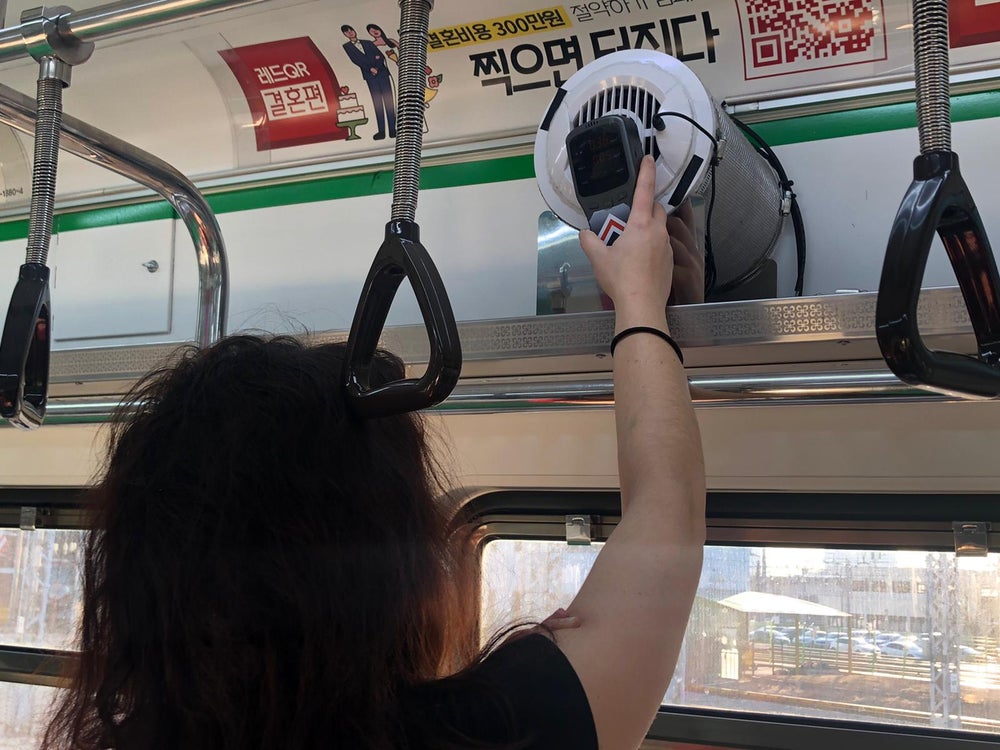
A WeavAir device being used in one of Seoul’s metros. Source: WeavAir
As mentioned earlier, it can accurately track 20 metrics in real time. But WeavAir also claims to diagnose and prevent air hazards at a rate that is 200 times faster than other comparable solutions in the market.
“Our solution also provides a predictive decision support system to detect sources of anomalies trained on over 10 years of data, and improved diagnostics accuracy of 95%, without the requirement to recalibrate the system,” Mykhaylova adds. “By combining networks of sensors, satellite imagery, and drone data capture systems to track greenhouse gas emissions, safety, and other operational parameters, the company provides a million times more data than is currently available. By doing this, the company provides an unprecedented advantage of extremely accurate data, while making it available in real time. The solution makes use of in-house proprietary machine learning models to provide best-in-class transparent insights, that are tailored precisely to the customer needs.”
WeavAir’s Revenue Model: IoT Devices and Predictive AI Software
WeavAir’s revenue streams thus stem from two main sources. “The revenue model is recurring, and it involves subscription plans for sensors and analytics,” Mykhaylova says. “We have two major subscriptions. The first is for our IoT multi-sensor devices and predictive artificial intelligence (AI) software subscription for asset owners and operators. The second involves our data-driven predictive software and application program interface (API) integrations that are also available for contractors, insurance companies and consulting companies.”
The predictive software Mykhaylova alludes to is one that is based on algorithms that detect, diagnose, and predict issues before they become serious. This not only enables the creation of autonomous HVAC systems, but also enables fast and accurate decision-making within companies.
Having raised a simple agreement for future equity (an alternative to convertible notes that enables purchasing stock in a future priced round) as a seed investment round for WeavAir, Mykhaylova is now hoping to raise a Series A round for her enterprise in 2023. “That will help us break even, and be on track to achieve $80M+ annual recurring revenue in five years,” Mykhaylova adds. “Having been recognized by multiple global awards and accolades, the company is currently expanding operations and partnerships to meet demand. It is led by domain and technical experts.”
WeavAir’s Human-Centric Approach to Technological Innovation
The next stop in WeavAir’s expansion, as mentioned earlier, is the UAE, and the startup has found a trusted sidekick for this journey with the MBRIF. “We chose the MBRIF accelerator program, because of the strong team behind the program as well as the high quality of mentors and advisors involved in the program,” Mykhaylova says. “We have already greatly benefited from the content, and it has helped us get new ideas and inspiration.”
It is perhaps a given at this point that financial investments and technological innovation are at the forefront of WeavAir’s upcoming journey in the UAE. But Mykhaylova emphasizes that the human impact her startup creates is what truly drives its growth.
“Technology has been critical to our success, as the availability of low cost IoT hardware and new high resolution satellite data enabled us to launch new products and services in a short period of time,” Mykhaylova adds. “At the same time, we strongly believe in using technology to improve the lives of people and maintain human connection. And that is why we spend an extensive amount of time with our customers to ensure we solve their problem, and ensure that the product provides the best user experience.”
